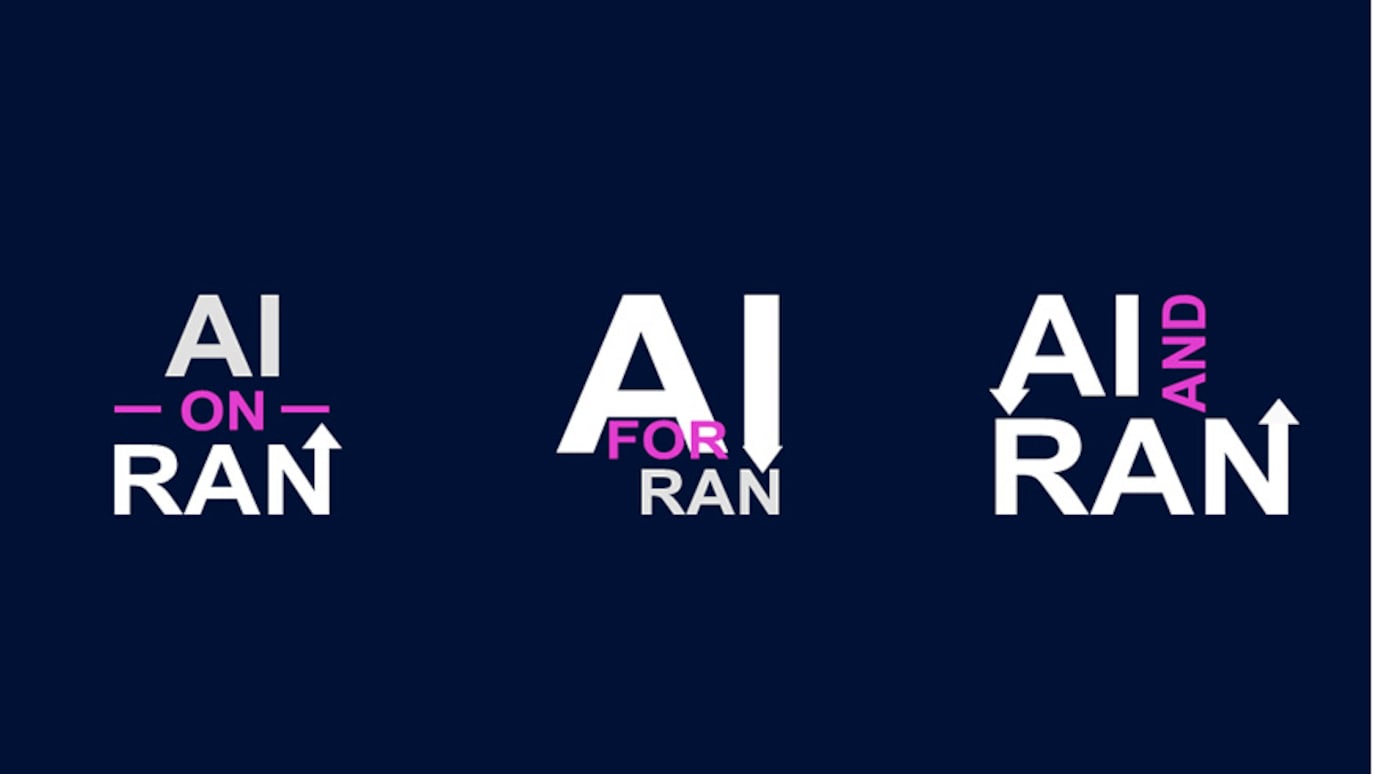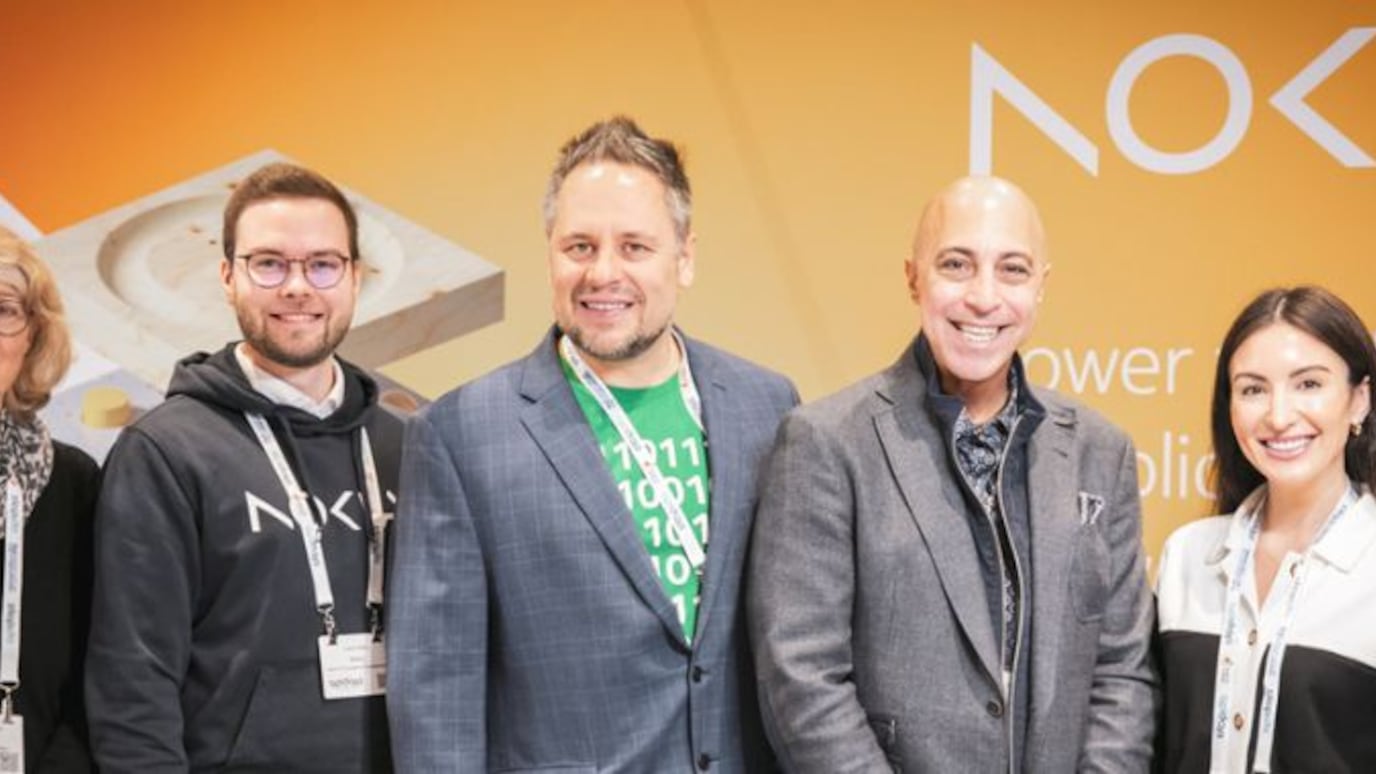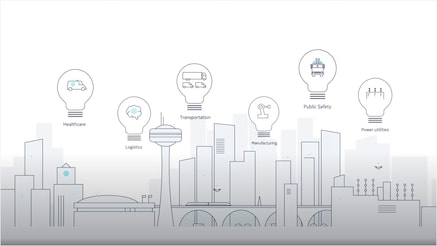Network slicing
Enabling business-intent driven networking

5G brings a huge leap in data speeds, along with low latency and ultra-reliability. Because the requirements of consumer and enterprise use cases vary depending on application type, security needs or their end-users’ willingness to pay, you need an efficient way to deliver differentiated services.
With network slicing, CSPs can create multiple virtual networks, or network ‘slices,’ which can deliver application-specific network performance. By using full automation, you can provide business-intent driven, reliable and scalable networking to establish long-tail revenue streams that enhance the monetization of your network platform.
What is network slicing?
The concept of network slicing is not new. It allows CSPs to operate a variety of network services with different services requirements -- such as bandwidth, latency, or availability -- on the same network infrastructure. With 5G, this is now possible for end-to-end services that span any combination of mobile, fixed, transport and core networks. With the wide range of new applications that 5G networks can enable, network slicing brings a much better user experience and ensures more satisfied customers.
How can CSPs grow revenues with network slicing?
In consumer markets, CSPs are looking to generate new revenue growth and create new value through partnerships with vertical industry enterprises, as well as continued ARPU growth. The increased capabilities of 5G-era networks, including bandwidth, speeds, security and latency, offer a value that CSPs can bring to these markets.
5G-era networks are complex. They run on virtualized and containerized infrastructure with 100-fold* more actions within the network. The automated operation of network slicing allows CSPs to package these valuable network capabilities into differentiated, SLA-based services in a cost-effective way that can drive profitable growth.
*Appledore Research
Network slicing use cases
Network slicing enables a broad range of use cases running on the same network. These use cases may be related to similar applications but still have different requirements. Consider motor vehicle applications where the driver and the passengers may consume mobile streaming services. At the same time, the vehicle is providing engine sensor data to the manufacturer and distance sensor data to a traffic control agency to support assisted driving services.
Explore our Network slicing case studies
Network slicing requirements for different applications
Different applications have varying requirements for throughput and latency and the impact can also be very different. A latency of several hundred milliseconds would not be noticed for music streaming, or for voice calls where buffering can be applied. However, an assisted driving application would be affected. With network slicing, CSPs can provide the right network performance for each application, driving broader acceptance and making 5G a game changer in our lives.
A similar variety of use cases can be supported in other verticals, e.g. in manufacturing, logistics, sports & entertainment.
How can you make money with network slicing?
The growth of 5G revenue will be driven by enterprise services and B2B2X business models, as well as an ecosystem approach. Survey responses from 100 CSPs suggest 60% of new 5G revenue will come through the B2B2X, rather than traditional B2B/B2C models, highlighting the importance of partners, an ecosystem and a platform economy.
How network slicing and Network-as-a-Service (NaaS) unlocks new opportunities for you
Automated lifecycle management of slice-based services, offered as Network-as-a-Service or Network Slice-as-a-Service, unlocks the value of the network and enables the CSP to become a utility. Allowing a ‘fail fast – learn fast’ culture, it encourages partner-led use cases that can be rapidly developed with verticals and CSPs at scale. Network slicing, combined with an integrated process framework of design, deploy and assure, E2E closed-loop operations and openness for enterprises to adjust their SLAs, is crucial for monetizing 5G.
How to deliver slice-based services at scale
To ensure success in network slicing, CSPs will need to drive the following activities:
- Developing a strategy to design and operate services which run across network domains – access, transport and core
- Adding capability within all those network domains
- Participating in a marketplace of devices that can connect to network services
The first two items -building and packaging services running across network domains and implementing connectivity capabilities within networks - are fully in the CSPs’ control.
As for the third item - there are already billions of 4G devices in the marketplace today, capable of supporting the emerging slice-based services. Operators can begin to offer slice-based services that support the existing variety of devices while they roll out their 5G networks and while device manufacturers are beginning to deliver new 5G-capable devices.
End-to-end network slice orchestration and assurance
Nokia's Digital Operations Center provides a comprehensive solution to effectively manage the design, deployment and assurance of slice-based services end-to-end and at scale.
- Nokia Orchestration Center is where the end-to-end slice-based service management lifecycle begins. At this point, service-level agreements (SLAs) will be designed-in to the services and this ensures that the templates, models and policies of services are common throughout each slice instance lifecycle.
- The Nokia Assurance Center module of the Digital Operations Center leverages AIOps to support SLAs during slice service runtime and provides operational feedback into the Orchestration Center for further design and deployment of slices.
Network slicing within network domains
A network slice extends from an end device to an application and includes all intermediate functions and domains. Those domains include access, transport, and core. Nokia has a strong value proposition in each of these domains to deliver a true end-to-end solution. End-to-end slicing can be seen as a chain which can only be as strong as its weakest link.

Slicing the Radio Access Network
RAN performance is usually the gating factor for user experience in terms of throughput, latency and reliability. Therefore, RAN network slicing is a critical part of end-to-end network slices. Slice-specific resource allocation, scheduling, and admission control enable differentiated traffic handling and isolation. Nokia's AirScale RAN solution lets CSPs manage prioritized admission control in the radio network, prioritizing essential data sessions as appropriate for the application (e.g., for public safety applications) and resource control in the RAN, allowing to reserve the proper air interface resources to each network slice. This is operationally enabled by Nokia’s RAN Slice Controller, MantaRay NM and MantaRay SON.
Slicing the Transport
A Transport slice connects different endpoints with specific performance objectives over a shared underlay network. It plays a large role in ensuring the end-to-end slice SLA. While the end-to-end slice orchestrator identifies the endpoints that need to be connected and the service level objectives and expectations that apply, a transport slice controller allocates the network resources in the transport network to meet these objectives and expectations. This is enabled by Nokia’s Network Services Platform. In addition, Nokia Anyhaul – Microwave, IP, Optical and Broadband – delivers a comprehensive, capable and programmable 5G transport solution for providers around the world.
Slicing the Core
The core network is the anchor for 5G network slices, as it controls device subscriptions to network slices and UE network slice selection. The core is responsible for the core sub-slice and the instantiation and configuration of the required core network functions. The specific core network functions will depend on the attributes of the core slice such as coverage area, throughput, latency, resource sharing level, number of user equipment, etc. Nokia's cloud-native core provides the operations and automation to configure, orchestrate, secure and deliver most dynamic and stringent network services demands. This is supported by Nokia’s Core Slice Controller, MantaRay NM and Cloud Operations Manager.
A path to network slicing
Nokia offers a comprehensive set of capabilities in the networks and in the operations systems to support CSPs with their move toward slice-based business models. These are standards-aligned products and software that are being deployed and operated by CSPs globally. For the network connectivity part of network slicing, Nokia has solutions in each of the network domains; access, transport and core. For the round-trip orchestration of the cloud and network resources and slice-based services, Nokia provides the complete software stack.
Related topics

5G edge slicing
New enterprise services with virtualized 4G/5G network.

5G Core Automation
The road ahead is connected. Make ground-breaking technology work for everyday life.

Network automation
Simplify and transform the way you build, control and operate your network.

AI networks
Build AI-powered networks that meet the demands of AI applications.
Related solutions
Solution
Unlock new use cases and revenue opportunities.
Solution
A 5G ready radio access system, providing connectivity and capacity needed for the Internet of Things.
Solution
Automate core slicing operations with lifecycle management for 5G slices
Solution
End-to-end closed-loop operations for autonomous networks
Solution
Enter the world of programmable networks
Solution
Accelerates the work of producing software applications for new enterprise, industrial, and consumer use cases, and monetizing 5G/4G network assets beyond basic connectivity.
Solution
RAN Slice Controller automates 5G RAN slicing lifecycle management and assures 5G slice performance
Learn more about Network slicing

Mobile networks

Solution

Event

Blog

Blog

Blog

Blog

Blog
Latest news
Ready to talk?
Please complete the form below.
The form is loading, please wait...
Thank you. We have received your inquiry. Please continue browsing.










